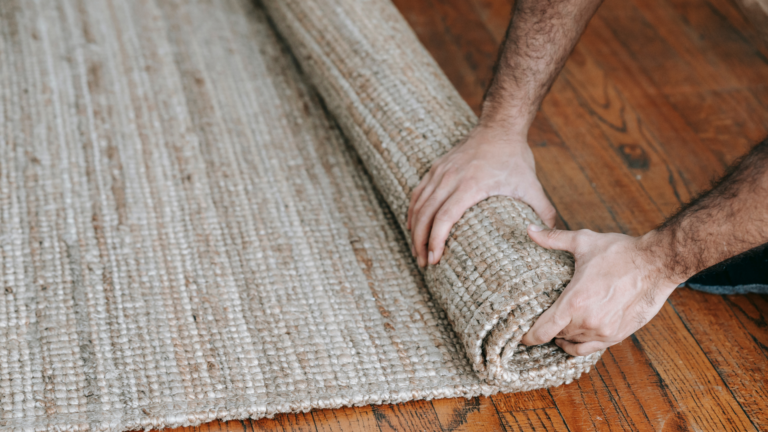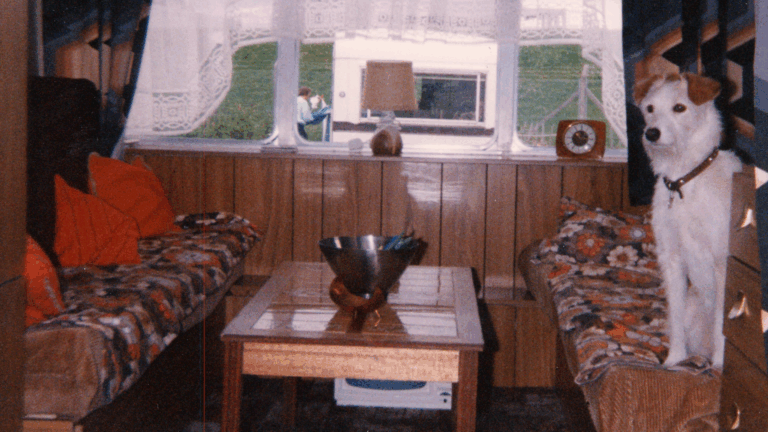16 Biggest Downsides To Tile Flooring You Should Consider Before Installing
Tile floors always look flawless on those home makeover shows, right? I totally fell for it once, until I actually lived with them. Don’t get me wrong, they’re beautiful, but nobody warned me how cold, hard, and slippery they can be.
One bad fall and a cracked grout line later, I started to rethink my choices. And don’t even get me started on the cost of installation, it adds up fast.
Tile might be perfect for some spaces, but before you commit, it’s worth knowing what you’re really signing up for. I wish I had before diving in headfirst.
1. Cold Feet Blues Hit Hard During Winter

Walking barefoot on tile floors during winter feels like stepping onto an ice rink. Your feet instantly turn into frozen popsicles, making those midnight bathroom trips absolutely miserable.
Unlike carpet or hardwood, tile has zero insulation properties and sucks the warmth right out of your body. Even with heating systems, tile floors stay uncomfortably cold to the touch.
Many homeowners end up buying expensive area rugs or heated floor systems just to make their tile bearable during colder months.
2. Slippery When Wet Creates Safety Nightmares
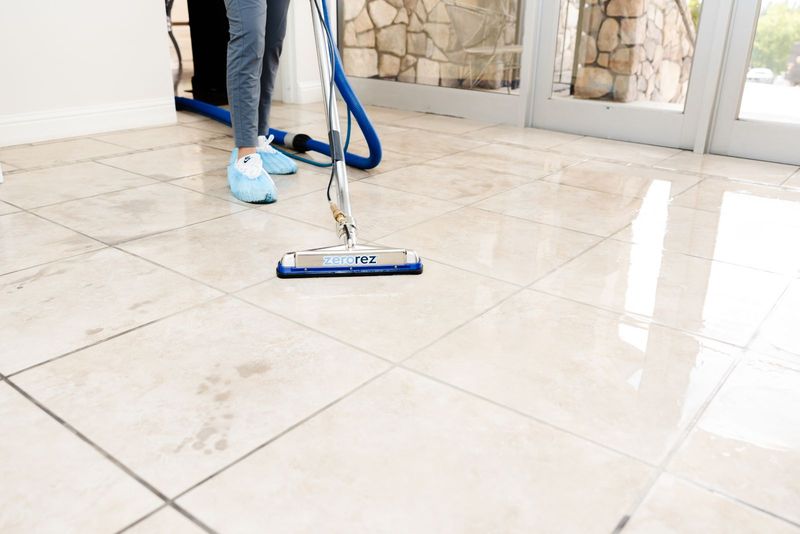
Spill some water on tile and you’ve basically created an ice skating rink in your kitchen. Wet tile becomes incredibly slippery, turning everyday activities into dangerous obstacle courses.
Bathrooms become particularly treacherous after showers, with steam and water droplets creating slip hazards everywhere. Kids and elderly family members face the highest risk of serious falls.
Even small amounts of moisture from mopping or cooking can transform your beautiful tile into a liability that keeps you constantly worried about accidents.
3. Installation Costs Will Empty Your Wallet Fast

Professional tile installation costs can easily reach $15-25 per square foot, making it one of the priciest flooring options available. Quality tiles, adhesives, grout, and labor expenses add up faster than you can say “budget overrun.”
Complex patterns or premium materials can push costs even higher, sometimes doubling your initial estimates. Bathroom and kitchen installations require waterproofing and special preparations that increase expenses significantly.
Most homeowners discover hidden costs like subfloor repairs or additional materials that weren’t included in original quotes, creating financial stress during renovation projects.
4. Grout Lines Become Dirt And Stain Magnets
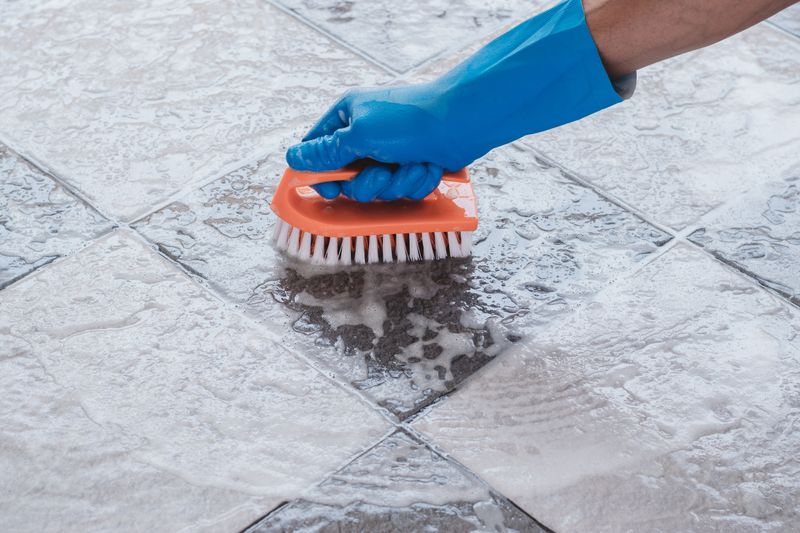
Grout lines act like tiny dirt highways, collecting every speck of dust, food crumb, and mysterious stain that crosses their path. What starts as pristine white grout quickly transforms into grayish-brown evidence of daily life.
Spilled coffee, dropped food, and everyday foot traffic leave permanent marks that regular mopping simply can’t handle. Kitchen grout suffers the worst fate, absorbing grease and food particles that create stubborn discoloration.
Professional grout cleaning services charge premium prices, and DIY attempts often involve harsh chemicals and hours of scrubbing on hands and knees.
5. Dropped Items Shatter Into A Million Pieces

Tile floors show absolutely no mercy when you accidentally drop dishes, glasses, or fragile items. Everything that hits tile explodes into countless sharp pieces that scatter across the room like ceramic confetti.
Your favorite coffee mug doesn’t stand a chance against unforgiving ceramic or stone surfaces. Even sturdy items can crack or chip when they meet tile at the wrong angle.
Cleanup becomes a dangerous treasure hunt for tiny glass shards that hide in corners and under furniture, creating ongoing safety hazards for bare feet and curious pets.
6. Standing For Long Periods Causes Serious Discomfort
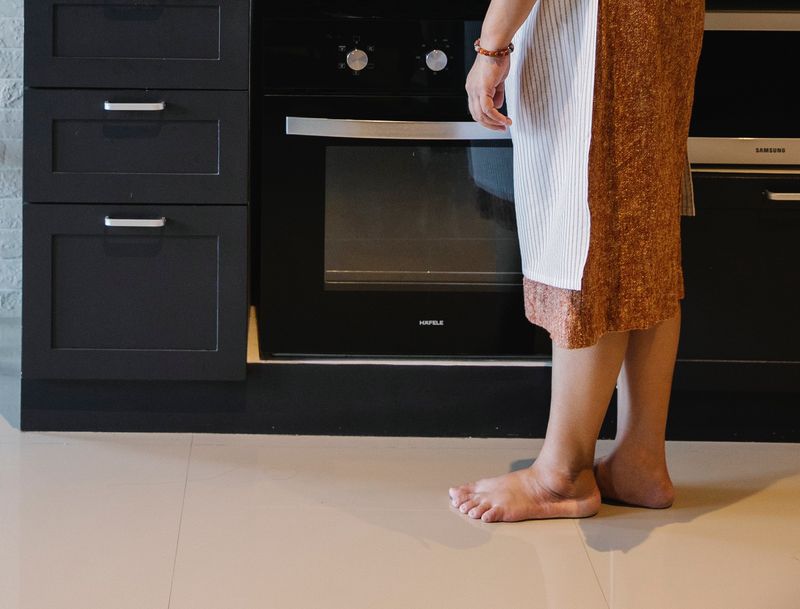
Cooking elaborate meals or hosting dinner parties becomes an endurance test when you’re standing on unforgiving tile surfaces. Your feet, legs, and back start aching within minutes of extended standing.
Unlike cushioned flooring options, tile offers zero shock absorption or comfort for your joints. Professional chefs and avid home cooks often develop foot problems from spending hours on hard tile floors.
Anti-fatigue mats become essential purchases, but they defeat the purpose of having beautiful tile floors and create tripping hazards in busy kitchen areas.
7. Cracked Tiles Create Expensive Repair Headaches
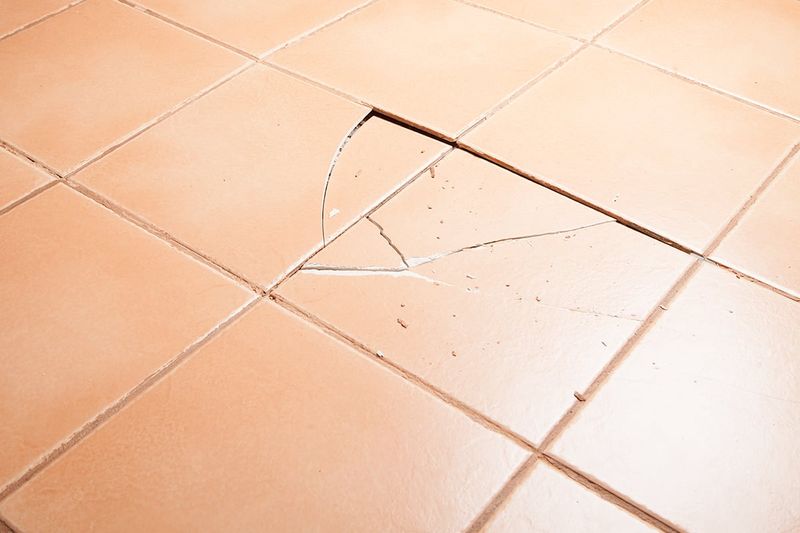
Heavy furniture, dropped objects, or house settling can create hairline cracks that spread like spider webs across your beautiful tile. Once cracking starts, it rarely stops on its own.
Replacing individual tiles sounds simple until you discover your exact tile pattern was discontinued years ago. Matching colors and textures becomes nearly impossible, leaving you with obvious patches that scream “repair job.”
Professional repairs often require removing multiple surrounding tiles, creating larger project areas and higher costs than originally anticipated for simple crack fixes.
8. Moisture Problems Lead To Mold Growth Issues

Bathrooms with tile floors create perfect breeding grounds for mold and mildew when moisture seeps through grout lines or under tiles. Poor ventilation makes the problem even worse.
Mold spores love hiding in porous grout materials, creating health hazards that require professional remediation services. Black mold growth can spread rapidly in humid environments behind your beautiful tile installation.
Waterproofing failures during installation often aren’t discovered until serious mold problems develop, requiring expensive demolition and complete reinstallation to fix properly.
9. Noise Amplification Drives Everyone Crazy
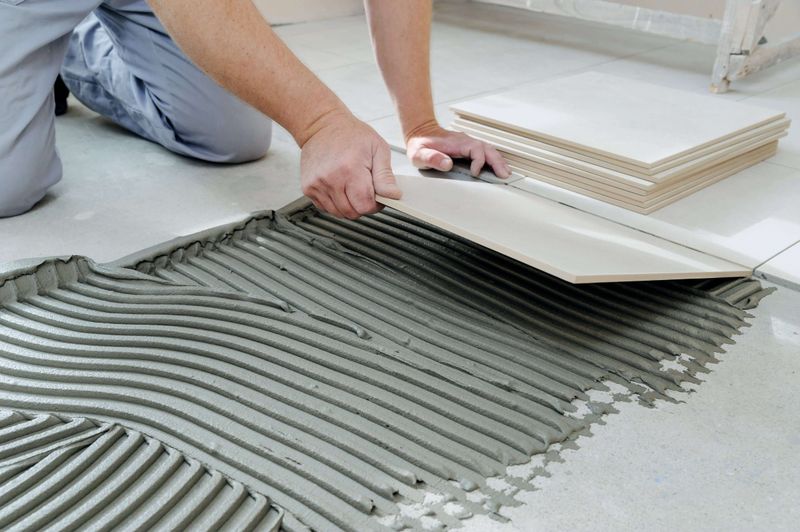
Every footstep on tile floors sounds like a marching band practicing at midnight. High heels create machine-gun-like clicking sounds that echo throughout the entire house.
Dropped utensils, moving chairs, or playful pets create amplified noise that travels through walls and disturbs family members in other rooms. Tile acts like a giant sound amplifier for everyday activities.
Apartment dwellers with tile floors often receive noise complaints from downstairs neighbors who hear every movement above them magnified through hard surface flooring.
10. Limited Design Flexibility Restricts Future Changes

Tile installation creates a permanent design commitment that’s extremely difficult and expensive to change. Your trendy subway tile might look dated in five years, but removal costs make updates financially prohibitive.
Unlike carpet or vinyl that can be replaced relatively easily, tile removal requires heavy machinery and creates massive renovation projects. Changing your mind about colors or patterns becomes a major construction undertaking.
Home decorating trends evolve quickly, but tile floors lock you into specific color schemes and design aesthetics for decades whether you like them or not.
11. Subfloor Preparation Requirements Add Complexity
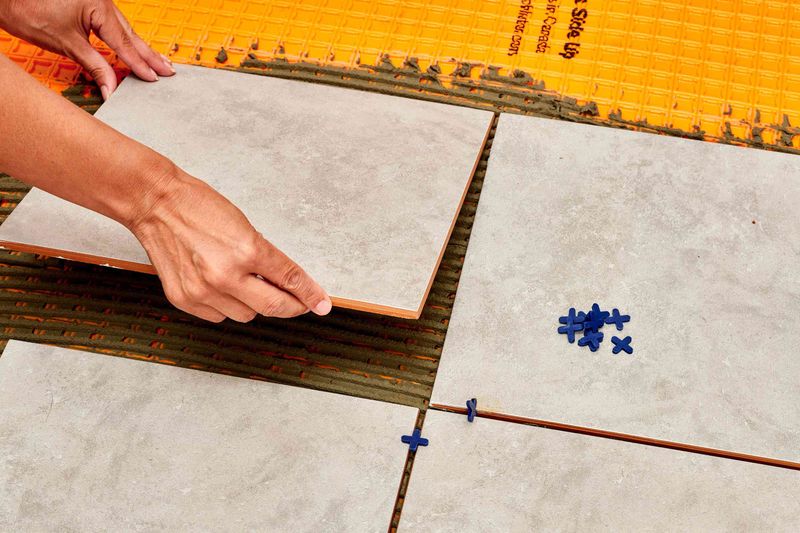
Installing tile requires perfectly level, structurally sound subfloors that many homes simply don’t have. Uneven surfaces create cracked tiles and failed installations that require complete do-overs.
Subfloor preparation often involves additional construction work like concrete pouring, floor leveling, or structural reinforcement that wasn’t included in original project estimates. Wooden subfloors need special treatments to prevent movement and cracking.
Skipping proper subfloor preparation leads to expensive failures where tiles crack, shift, or come loose within months of installation, requiring professional repairs.
12. Chemical Cleaning Products Become Daily Necessities

Maintaining clean tile floors requires an arsenal of specialized cleaning products that cost significantly more than basic floor cleaners. Grout cleaners, tile polishes, and stain removers become regular shopping list items.
Harsh chemicals needed for deep cleaning can create indoor air quality concerns and aren’t safe around children or pets. Natural cleaning methods often prove ineffective against stubborn grout stains.
Regular maintenance routines involve multiple cleaning steps and products, making simple floor cleaning into time-consuming chemical processes that many homeowners find overwhelming and expensive.
13. Radiant Heating Systems Increase Installation Complexity
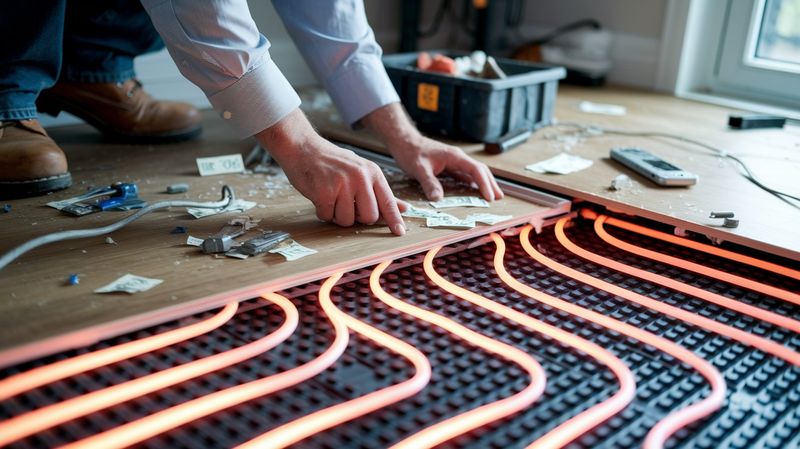
Adding radiant heating to combat cold tile floors doubles installation complexity and costs. Electrical or hydronic heating systems require professional installation and can malfunction years later.
Heating system failures under tile floors create nightmare scenarios where entire floors must be removed to access broken components. Repair costs often exceed original installation expenses.
Energy bills increase significantly with radiant heating systems, and temperature control becomes tricky with some systems creating hot spots or uneven heating patterns across floor surfaces.
14. Weight Load Concerns Stress Building Structures

Ceramic and stone tiles add substantial weight to floors that some building structures can’t handle safely. Upper floors and older homes may require structural reinforcement before tile installation.
Weight calculations become critical engineering considerations that require professional structural assessments. Installing heavy tile without proper support can cause floor sagging or even structural damage.
Structural modifications add thousands of dollars to project costs and may require building permits and inspections that delay installation timelines significantly beyond original project schedules.
15. Resale Value Impact Varies By Market Preferences
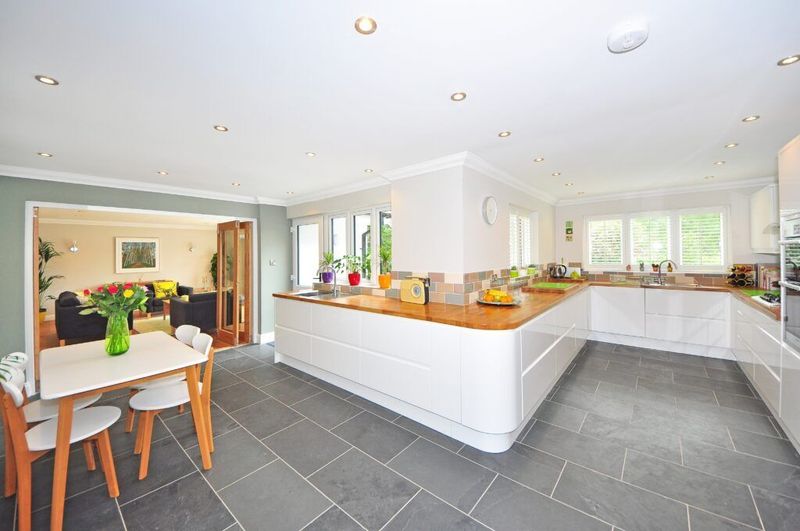
Tile flooring doesn’t automatically increase home value like many homeowners expect. Market preferences vary dramatically by region, with some buyers preferring carpet or hardwood over tile surfaces.
Dated tile patterns or colors can actually decrease home appeal and require replacement before selling. Buyers often view extensive tile as a negative feature that needs updating.
Real estate markets show mixed responses to tile flooring, with some areas embracing tile while others prefer traditional flooring options that feel warmer and more comfortable.
16. Seasonal Temperature Fluctuations Cause Expansion Issues
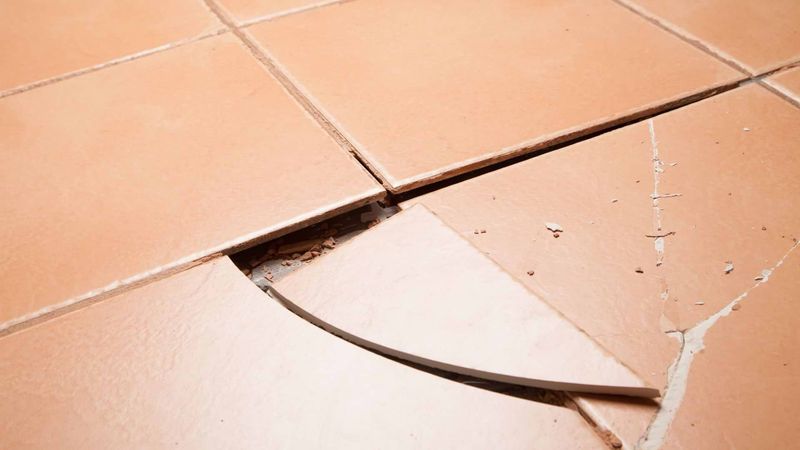
Temperature changes cause tile materials to expand and contract, creating stress on grout lines and potentially causing cracks. Seasonal fluctuations can damage even professionally installed tile floors.
Expansion joints become necessary in larger installations, creating visible lines that interrupt design aesthetics. Without proper expansion accommodation, tiles can buckle or crack during extreme temperature swings.
Climate-controlled homes still experience temperature variations that affect tile installations, making expansion planning a critical factor that many homeowners overlook during initial planning phases.


